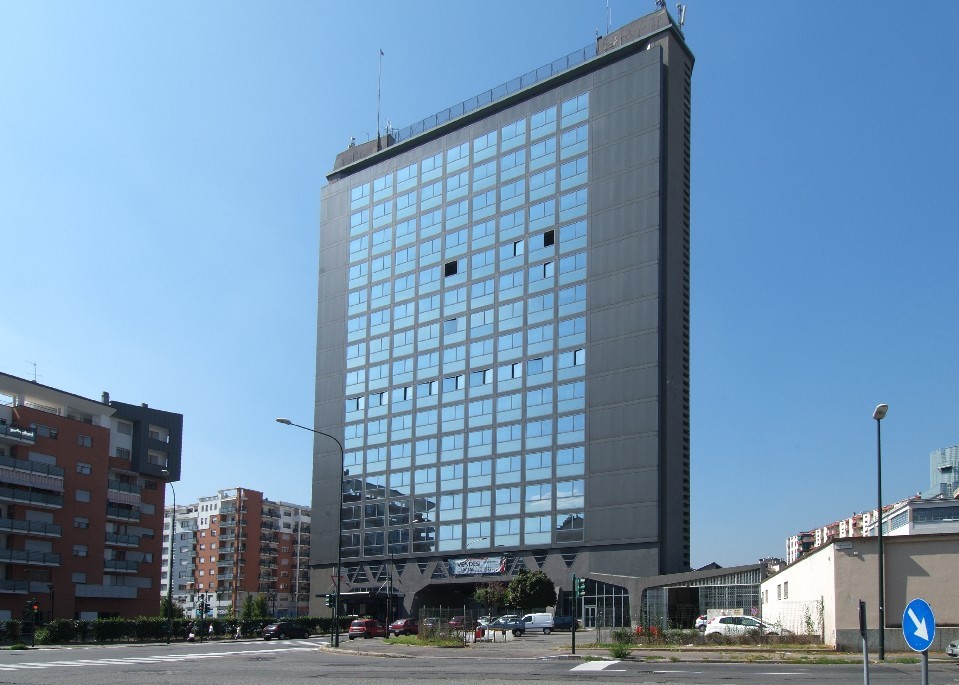
The history of Turin in post-unification Italy is certainly linked to that of the industrial sector with particular regard to the production of automobiles and means of locomotion. From the progressive expansion of the places that housed the factories in the 1950s, with prestigious buildings often designed by famous architects, there has been a constant reabsorption of the structures. From the 90s onwards the representative offices have joined those of production, often decentralizing them from their historical headquarters that have consequently lived in the last decades in total abandonment or very limited use.
The first major transformation took place in the 80's when Renzo Piano was commissioned to restructure the FIAT factory in the Lingotto neighborhood, a real industrial archaeology reborn at the headquarters of the Agnelli Foundation with its picture gallery since 2002.
In recent years, however, the acceleration in the recovery of old industrial structures, a symbol of the first half of the twentieth century in Turin, has led to an exceptional flowering of new exhibition spaces, fitting into the already established tradition of contemporary art in Turin, strong thanks to the valuable activities of the Castello di Rivoli, the GAM - Galleria d'Arte Moderna e Contemporanea and the Fondazione Sandretto Re Rebaudengo.
In 2017 OGR, Officine Grandi Riparazioni, opened its doors as a new district of culture and innovation. For a hundred years, between the end of the 19thcentury and the early nineties of the 20th, OGR represented an excellence in the field of maintenance of locomotives, railcars and railway wagons. Now they are an example of reconversion among the most virtuous in Italy with a program that proposes concerts, exhibitions and lessons of the Polytechnic of Turin, which has its permanent detachment in an area of the old workshops.
Another building that in the coming months will be reconverted is the Lancia skyscraper, a building built between 1954 and 1957 by the architect Nino Rosani and the Giò Ponti studio (one of the authors of the famous Pirelli skyscraper built in Milan between 1956 and 1961). The recovery of the characteristic first floor - for years the home of the car manufacturer of the same name - with its triangular concrete beams, is now completed to make it an avant-garde exhibition space: Spazio Lancia. Even if just very recently inaugurated, Spazio Lancia is already planning to double - in six months' time - its surface with the top floor of the skyscraper (seventeenth above ground), where the area dedicated to catering will be located.
Another building linked to a famous architect is the Palafuksas, located in front of the historic market of Porta Palazzo of which it was part until the end of the last century.
In the meantime, the new Central Market of Turin has been inaugurated, a brand already present in Rome and Florence with prestigious locations recovered to make it a hub for local gastronomic excellence. Created by architect Fuksas, the Palatine Centre was inaugurated in 2011 and houses the declining clothing market. Structured on five levels, two of which are underground, where you can still see the nineteenth-century iceboxes of the market, at the time used as refrigerated warehouses for food storage, today it is a project that will enhance the lighting and make it the place of artistic events and cultural activities. It is in this particular context that the new gastronomic center of Turin with its novelties will be developed.



